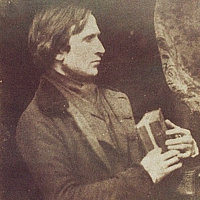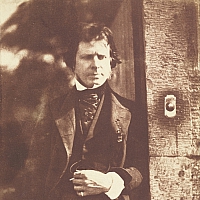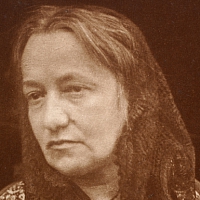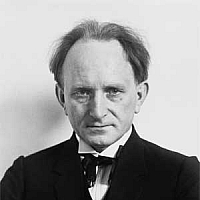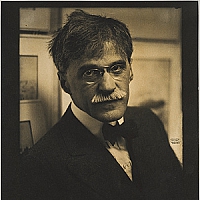
Ludwig Museum – Museum of Contemporary Art Komor Marcell u. 1. H-1095 Budapest Hongrie
“La Bohème”. The Staging of Artists in photography of the 19th and 20th century In his 1851 novel Scènes de la Vie de Bohème, the French author Henri Murger created the image of the artist as an outsider who, in the midst of the middle class era, lived in romantic poverty. Bohemian life, viewed through rose-tinted glasses and elevated to undying popularity by Puccini’s opera, constituted in Murger’s view a transitional stage: “Bohemia is the first stage in artistic life; it is the preface to the Academy, the hospital, or the Morgue.” The term became synonymous with the 19th century artist who was dependent on an anonymous market and, while free of constraints, had to sell the fruits of his labours without the patronage of the courts. In the middle of this period in which the legend of the Bohemian swelled to bolster the artists’ feelings of self-confidence, came the invention of photography. Just how far this colourful approach to life was mirrored in photographic stagings of artists will be examined in this exhibition at Museum Ludwig. It traces out the idea of the Bohemian milieu in photographic portraits, scenes and stagings.
The span of the work covered here extends from the earliest Daguerreotypes to the striking portraits by Nadar and the opulent artists’ banquets of the 1920s. Thus for instance Louis Alphonse de Brébisson staged around 1842 a group of friends painting and playing instruments as the quintessence of a romantic artists’ association in Bohemia. Felix Tournachon, known as Nadar, was not only a leading member of the Parisian Bohemians, he also created legendary portraits of his friends and contemporaries. No less ingenious was the collaboration between David Octavius Hill and Robert Adamson, whose group photographs such as Edinburgh Ale aimed at positioning themselves close to the artistic Bohemia. Historical pageants and so-called tableaux vivants tell of the lengths people went to dress up, not least for the artists’ and academy balls in the 19th century. Also on show are numerous poetic stagings done after historical models by David Wilkie Wynfield, a Pre-Raphaelite photographer, and Julia Margaret Cameron.
Paris remained however the metropolis of art and artists, and so the self-stagings from around 1900 by the artists of Montmartre and Montparnasse, such as Modigliani and Picasso, testify to their will to style. Likewise the figure of the dandy rose up amid this milieu in 19th century France. Stunning examples of this include the self-representations of the Pictorialists, such as Alfred Stieglitz and Frank Eugene Smith. The outlandish costumes in which the author Pierre Loti dressed up and the studio scenarios created for instance by Alphonse Mucha were also directly imbued with typical French flair. A special highlight will be the photographs of Ernst Ludwig Kirchner, in which self-staging was wed with deep psychological introspection. Opulent and fanciful were the artists’ parties of the 1920s; on show will be examples from the Malkasten Düsseldorf, from Cologne, Hamburg, and from the Bauhaus in Weimar and Dessau, photographed by leading photographers such as August Sander and T. Lux Feininger.

